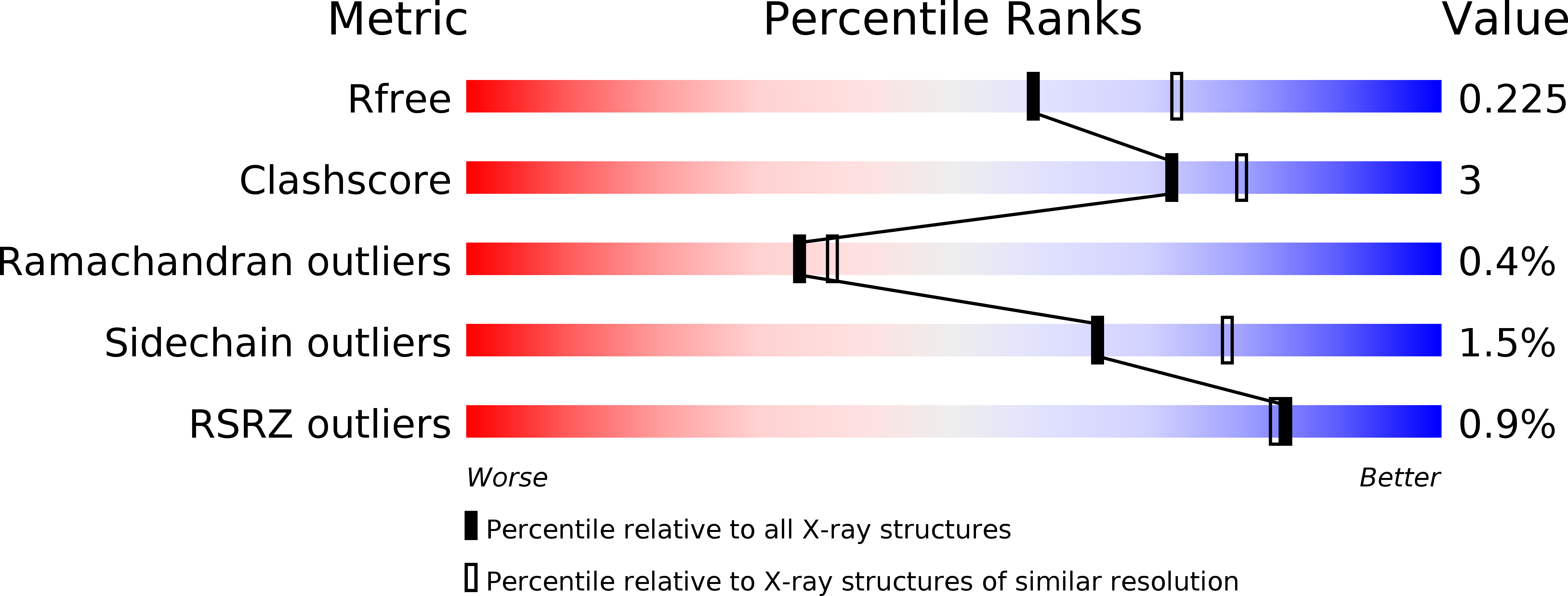
Deposition Date
2010-07-02
Release Date
2011-04-27
Last Version Date
2024-11-06
Entry Detail
Biological Source:
Source Organism:
Necator americanus (Taxon ID: 51031)
Host Organism:
Method Details:
Experimental Method:
Resolution:
2.20 Å
R-Value Free:
0.23
R-Value Work:
0.19
R-Value Observed:
0.19
Space Group:
P 1 21 1


